Starting from the noisy debate on February 28, at the White House, the situation in Kiev has rapidly deteriorated. Many questions have been raised about the causes, consequences and what countries “see” from the lessons in Ukraine?
Dilemma
Immediately, the White House announced the suspension of military aid and the temporary suspension of the intelligence sharing system, two pillars of the Ukrainian military’s strength. Washington even considered the option of “changing horses in midstream”. The US could withdraw about 22,000 troops stationed in Europe, leaving the EU to shoulder the responsibility of ensuring security for itself and Kiev. The gap between the US, Ukraine and the EU is widening.
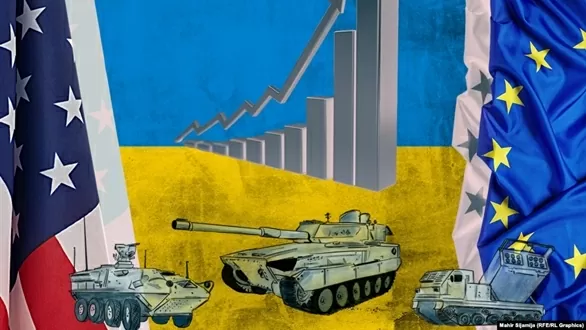 |
| The situation of the EU and Ukraine being sidelined by the US is becoming increasingly clear. (Source: rferl) |
US-Russia relations continue to improve due to common interests; similar views on many bilateral and international issues, as assessed by the Kremlin, Washington's foreign policy coincides with Moscow's strategic vision. The situation of the EU and Ukraine being marginalized by the US is becoming increasingly clear. Those moves have "shocked" Kiev and Brussels.
Therefore, just 4 days after that meeting, President Volodymyr Zelensky sent a “peace letter” to President Donald Trump. The “letter” expressed “Kiev’s readiness to negotiate”, “willingness to work under the strong leadership of the US President to achieve lasting peace”, “willingness to sign a mineral and security agreement at any time” and gratitude for Washington’s help…
It can be seen that Kiev has made a 180-degree turn, both in terms of content and position, showing that it is difficult to escape the “golden hoop” created by the US and Russia. The EU announced that it will support economic recovery, enhance military capabilities, and support diplomacy so that Kiev can become “an unswallowable steel porcupine”. There have been some practical moves, but compared to Ukraine’s demands and situation, they are just “a drop in the ocean”.
After President Volodymyr Zelensky published his “open letter,” there was news that Washington would engage in dialogue with Kiev. But in essence, Ukraine still had to give in to US pressure. Without US support, not only Ukraine but also the EU would find it difficult to manage. Kiev’s situation became very difficult, unable to advance or retreat.
Why?
Some people say that in the incident on February 28, President Volodymyr Zelensky did not "know himself and his opponent", let emotions overwhelm reason, and abandoned big goals for small things...
This could also be the “last straw”, stemming from a choice made many years ago. After the 2014 Maidan “color revolution”, Ukraine’s leaders chose a path that increasingly leaned towards the West, hoping to join NATO and the EU for development.
Next is the choice of military confrontation with Russia, a large neighbor with a long-standing relationship and a difficult history to separate. Kiev is not unaware of the risk of conflict, when Moscow sent an 8-point security plan to the US and NATO, clearly stating its wishes and demands, many of which are related to Ukraine. Russia deployed 100,000 troops and organized military exercises with allies along the border with Ukraine. The implication is very clear.
Ukraine’s argument is that Russia attacked first and they have the right to defend their independence and sovereignty. The implicit argument is that Kiev is on the front line against the threat to European security from Russia, so the EU, NATO and the US must stand together. However, President Donald Trump himself asserted that the reason for the conflict is NATO and Ukraine’s eastward expansion policy, and the EU has done nothing to prevent the conflict.
Protecting independence and sovereignty is a legitimate reason. But more important is the way to do it. Practice has concluded that the optimal defense strategy and ideology is to maintain independence and sovereignty without waging war.
Once the guns started to fire and the bombs started to fall, the country was devastated, the economy collapsed, 1 million people were killed and wounded, and more than ten million people were displaced. According to estimates from the International Monetary Fund (IMF), it would cost Kiev more than $410 billion and take a decade to recover to pre-conflict levels.
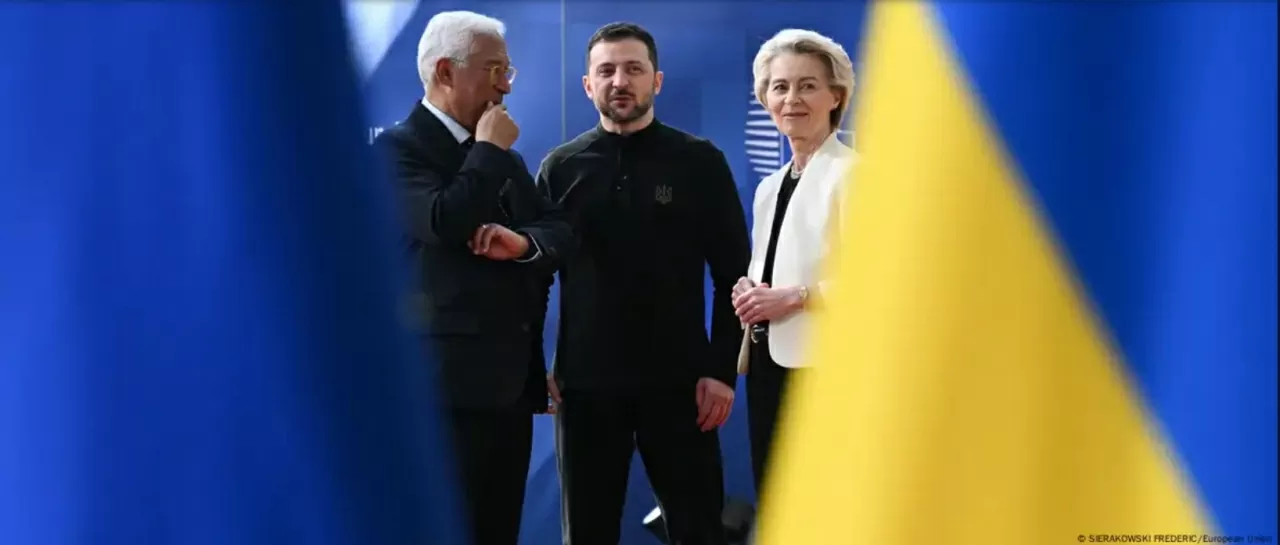 |
| Ukrainian President Volodymyr Zelensky with European Council President Antonio Costa and European Commission President Ursula von der Leyen at the special EU summit on Ukraine and European defence in Brussels, Belgium on March 6. (Source: EU) |
Looking at others, thinking about yourself
Vietnam has had objective circumstances, risks, and challenges somewhat similar to Ukraine. During and through the resistance wars, we have drawn lessons, viewpoints, and correct thoughts and applied and responded in a manner that is both steadfast and flexible, appropriate to the actual conditions and the complex and changing international context. It can be summarized as follows:
Firstly , the foreign policy of independence, self-reliance, diversification, multilateralization of relations, proactive and comprehensive international integration, balancing relations with major countries... Independence and self-reliance are immutable principles to respond to the ever-changing situation.
Second , the "four no's" defense policy: not participating in military alliances; not aligning with one country to fight another; not allowing foreign countries to set up military bases or use territory to fight against other countries; not using force or threatening to use force in international relations.
Third , the motto is to resolutely and persistently fight to resolve all disputes and disagreements by peaceful means on the basis of international law; to actively and proactively prevent and repel the risk of war, and to protect the Fatherland early, from afar, before the country is in danger.
The practice of building and defending the Fatherland over the past 50 years has proven the correctness and effectiveness of Vietnam's foreign policies, viewpoints and guidelines. In the context of a complex, divided and tense world today and in the coming years, maintaining independence and autonomy is not simple. On the basis of correct thinking and ideology, it is necessary to transform it into practical countermeasures and actions, firmly upholding principles and flexible, agile, creative and effective strategies.
Synchronously implement solutions to: “A strong Party, a rich country, peaceful people, a strong army, more friends and fewer enemies” (Vietnam National Defense Strategy 2018). The core is to continue building and rectifying a clean and strong Party, innovating leadership and governing methods; streamlining the organizational apparatus; developing the economy quickly and strongly; maintaining political and social stability; building and gradually modernizing the armed forces.
Strengthen and expand foreign relations, bring Vietnam closer to the world and attract the world to Vietnam. We do not choose sides, but choose national and ethnic interests, on the basis of international law. Take advantage of gaps between major powers, create space for national development on the basis of overlapping interests. At that time, Vietnam's development contributes to peace, cooperation and development in the region and the world. The world will support and contribute to protecting Vietnam for the common good.
The crisis in Ukraine once again confirms the foreign policy of the Party and State of Vietnam. We have the support of history, tradition, and national culture; the correct and creative leadership of the Party; the spirit of great national unity; promoting internal strength, combining national strength with the strength of the times. Vietnam will certainly rise up.
The article reflects the author's views.
Source: https://baoquocte.vn/ukraine-nhung-su-lua-chon-va-suy-ngam-ve-viet-nam-306855.html




![[Photo] Closing of the 11th Conference of the 13th Central Committee of the Communist Party of Vietnam](https://vstatic.vietnam.vn/vietnam/resource/IMAGE/2025/4/12/114b57fe6e9b4814a5ddfacf6dfe5b7f)

![[Photo] Overcoming all difficulties, speeding up construction progress of Hoa Binh Hydropower Plant Expansion Project](https://vstatic.vietnam.vn/vietnam/resource/IMAGE/2025/4/12/bff04b551e98484c84d74c8faa3526e0)

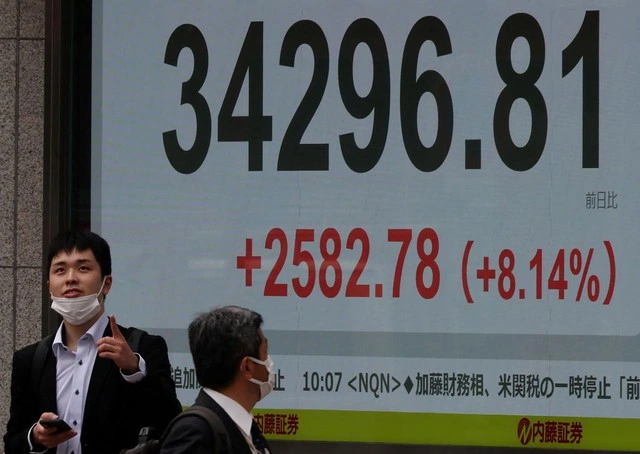



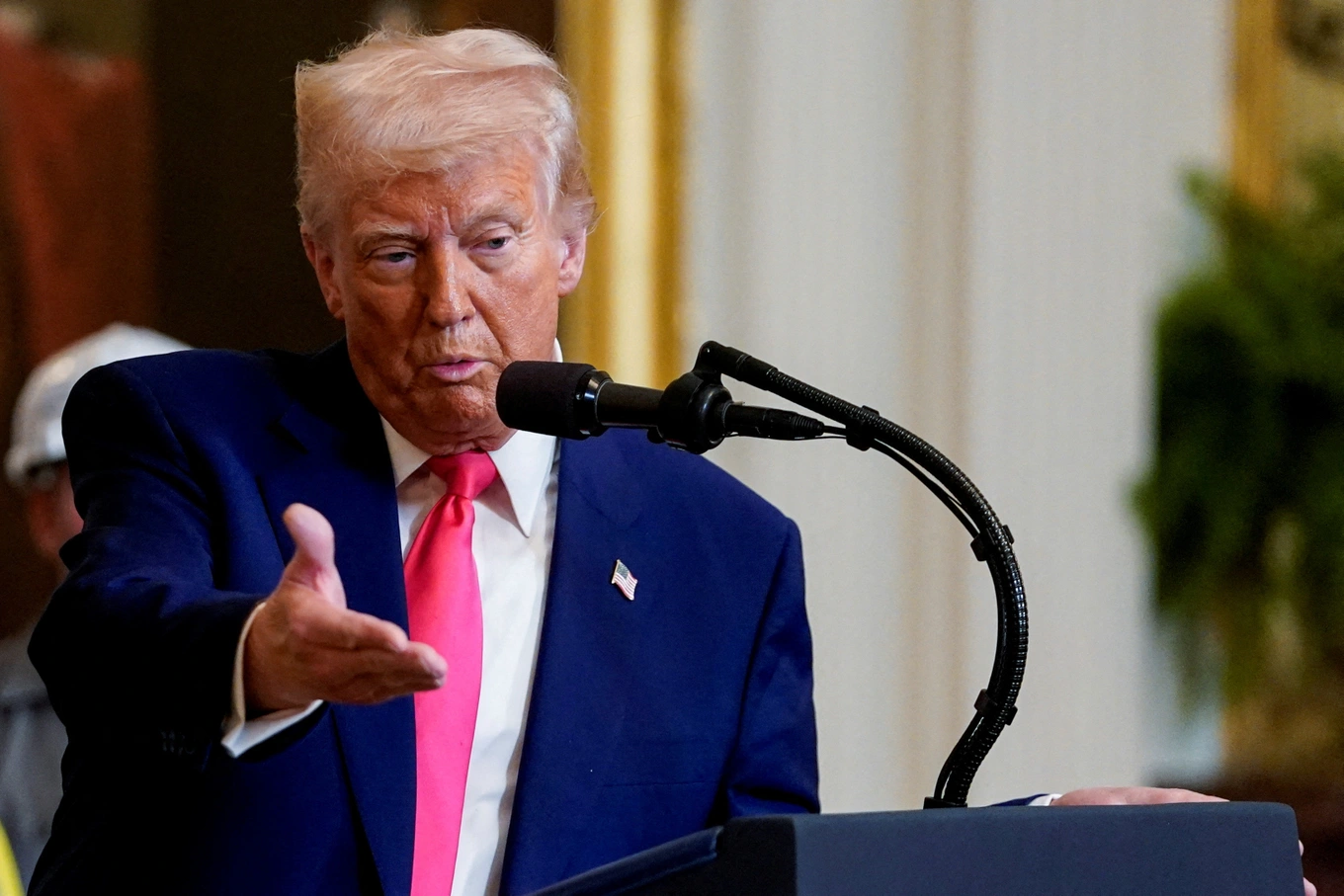

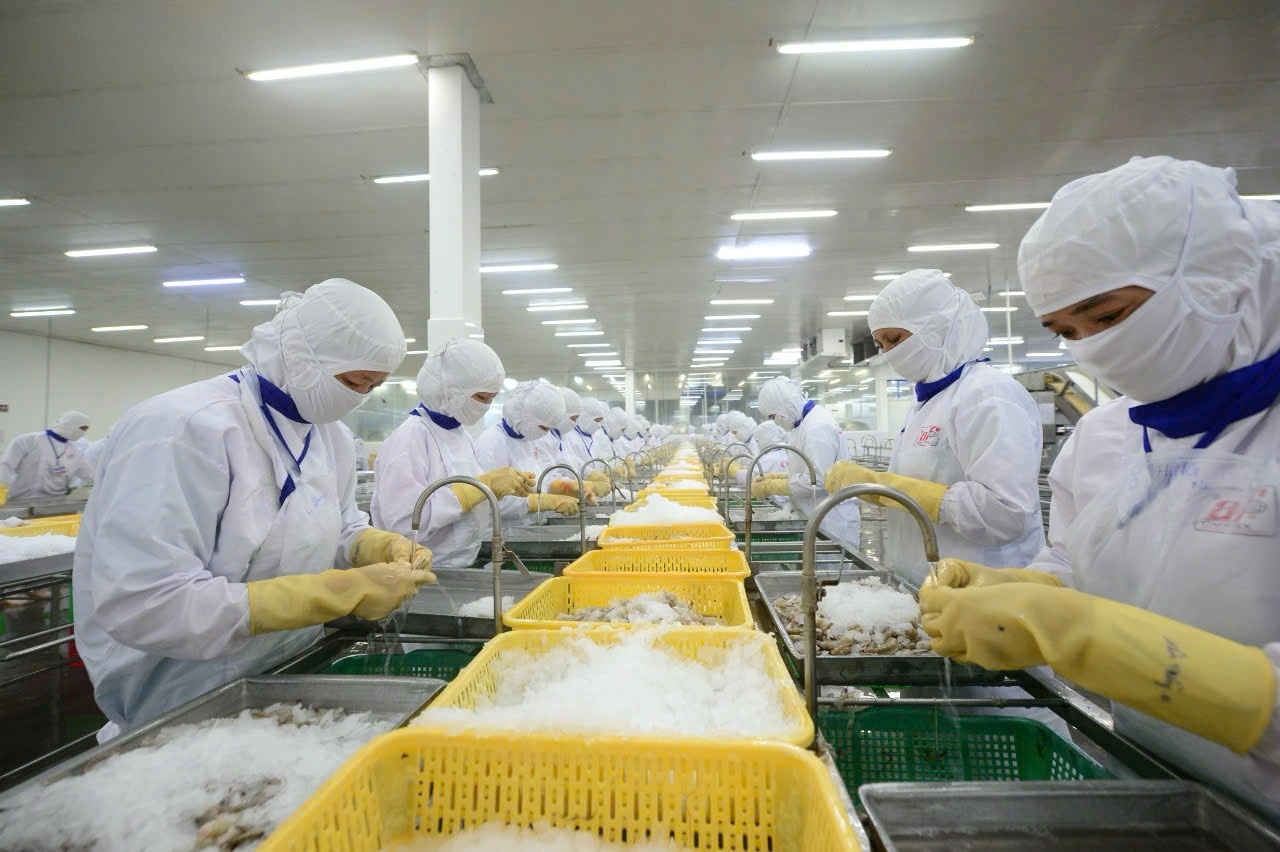
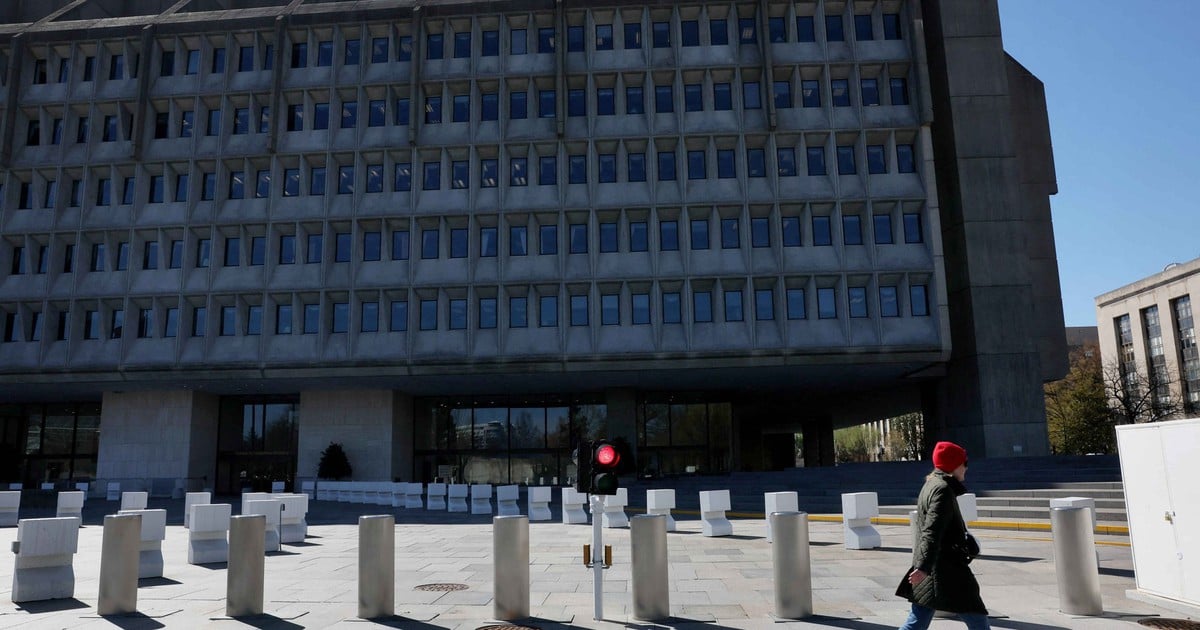
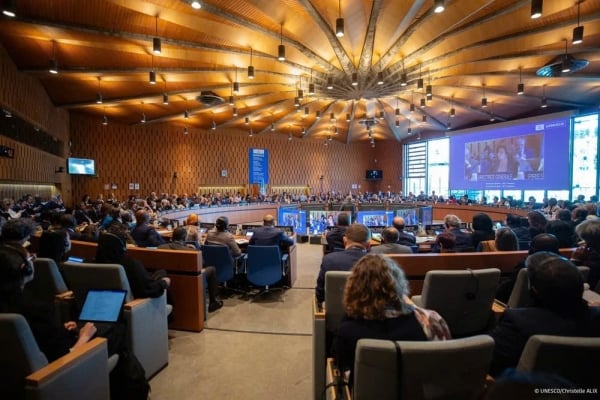
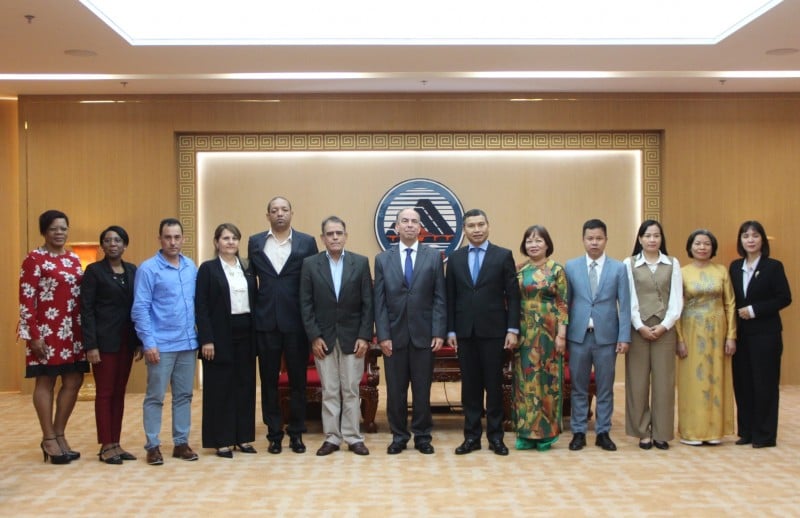
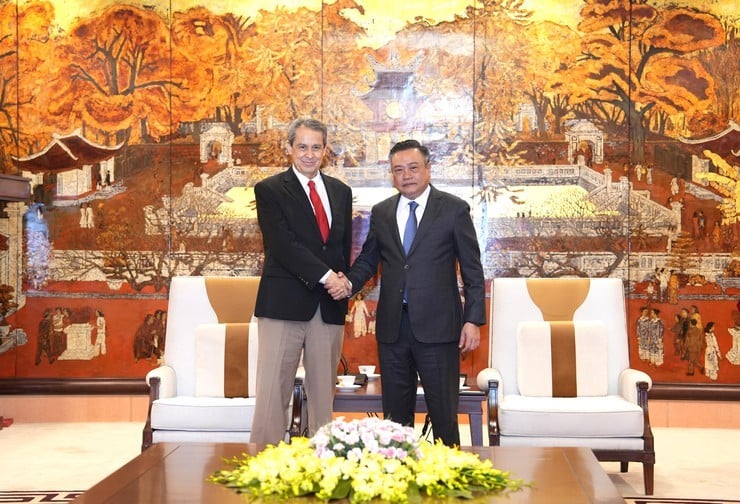
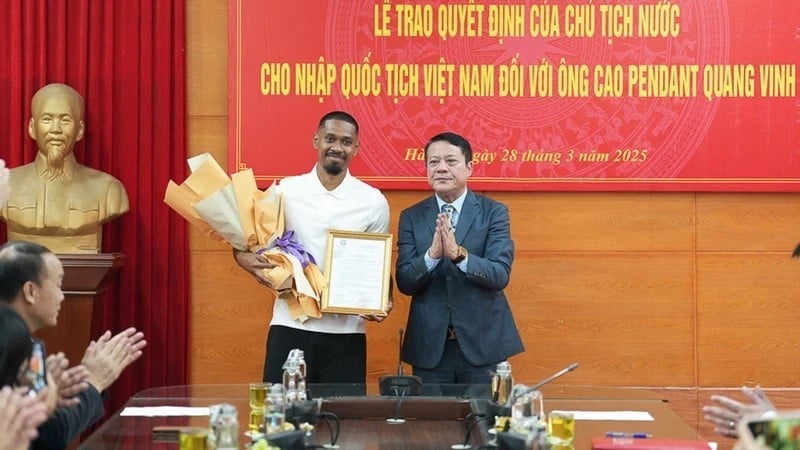
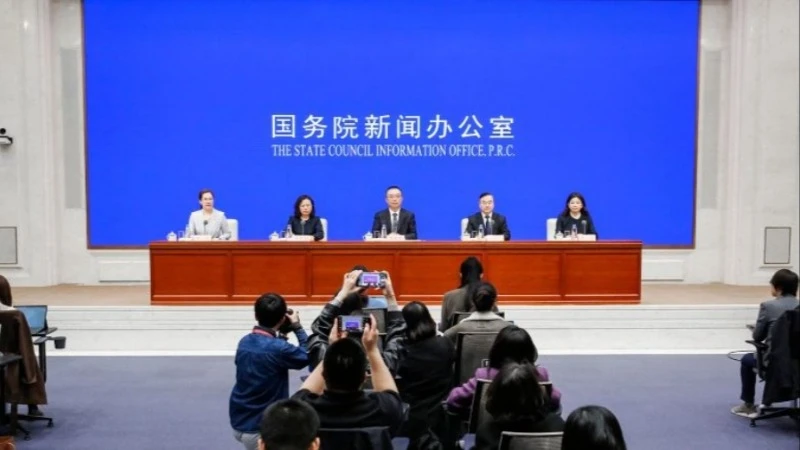
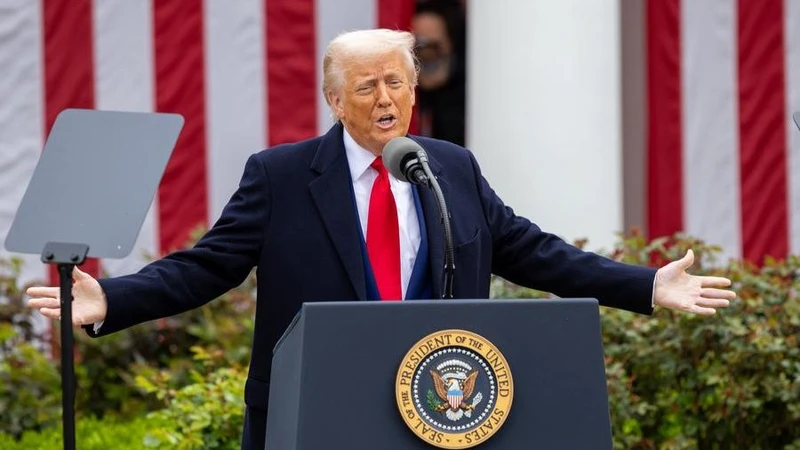



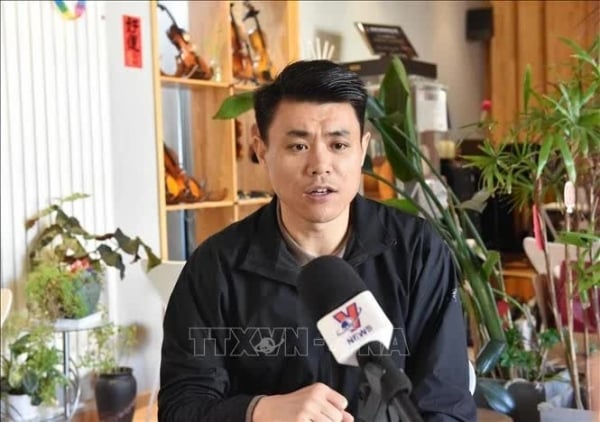
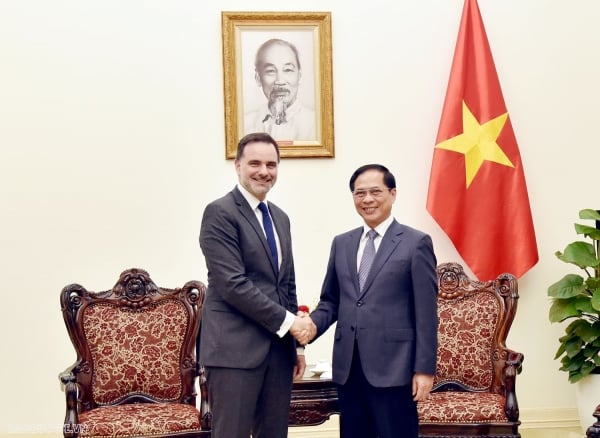
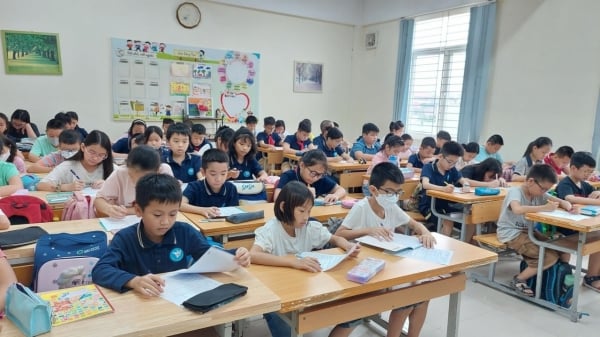


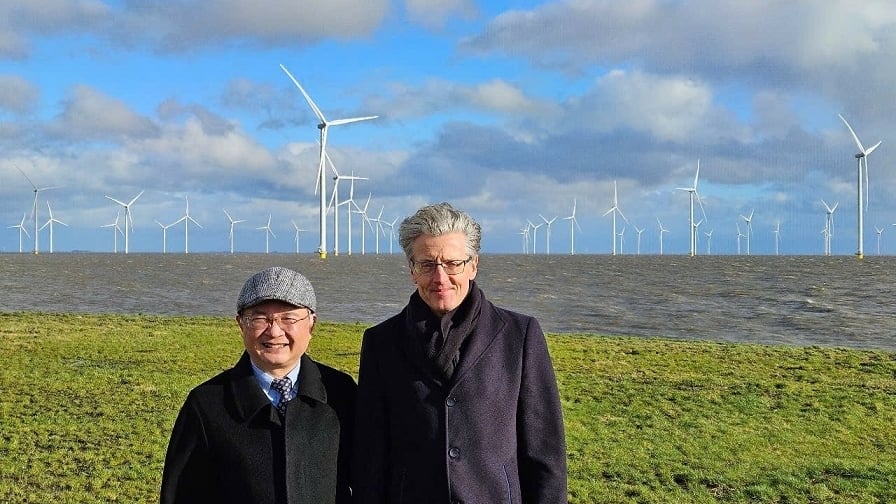













































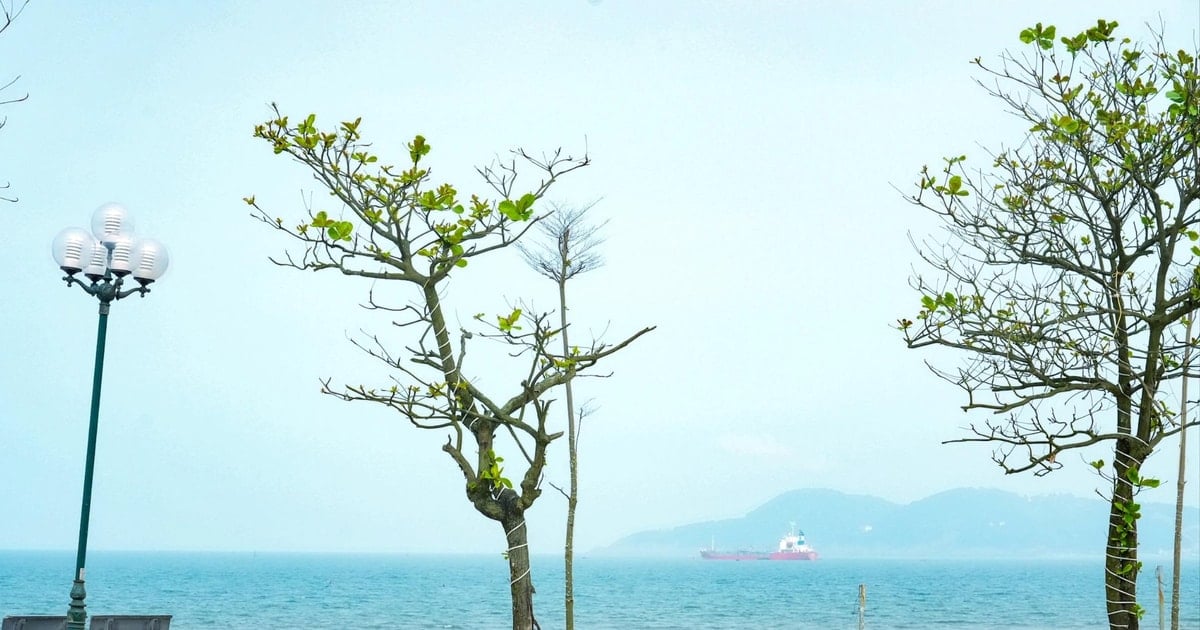
















Comment (0)